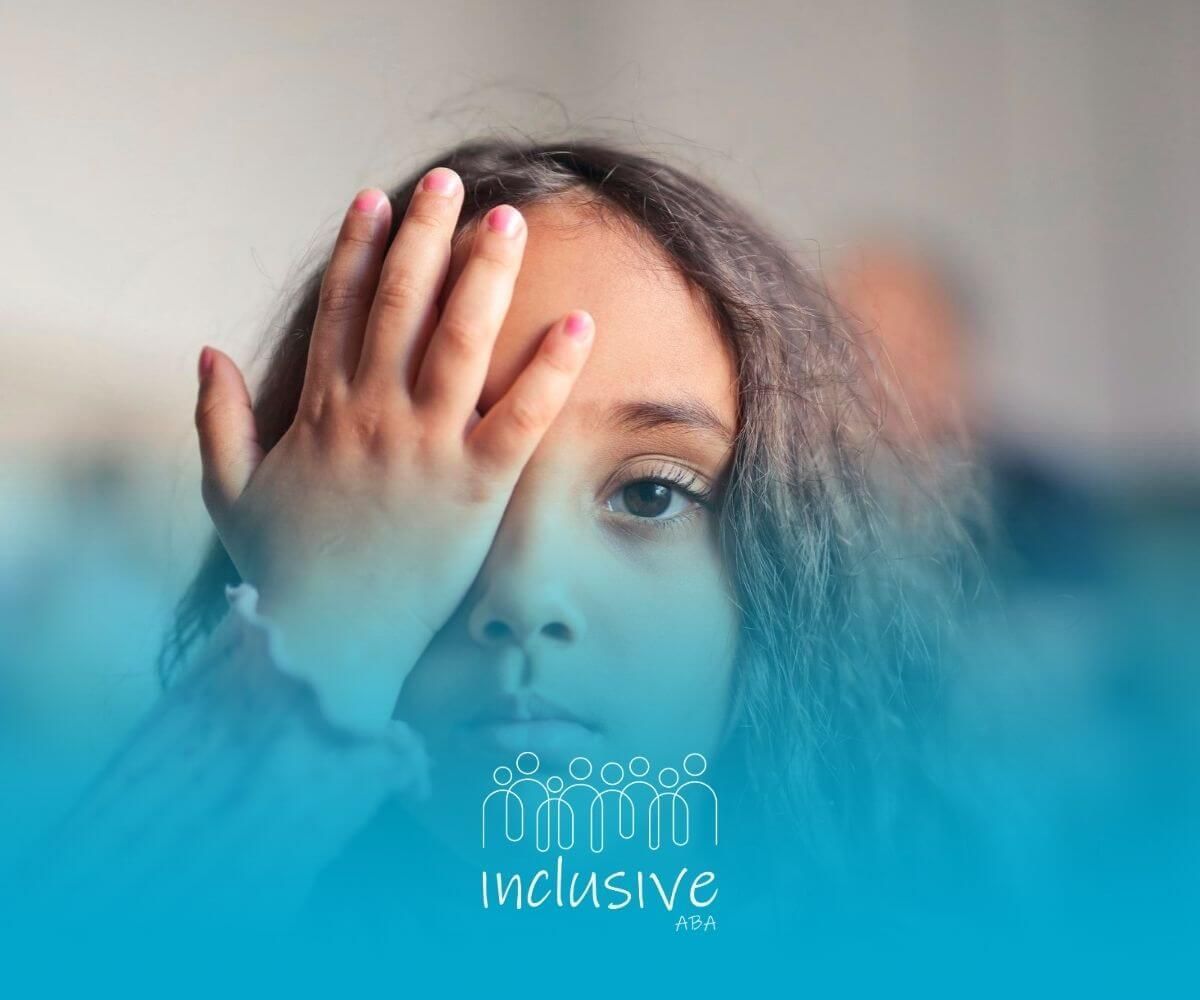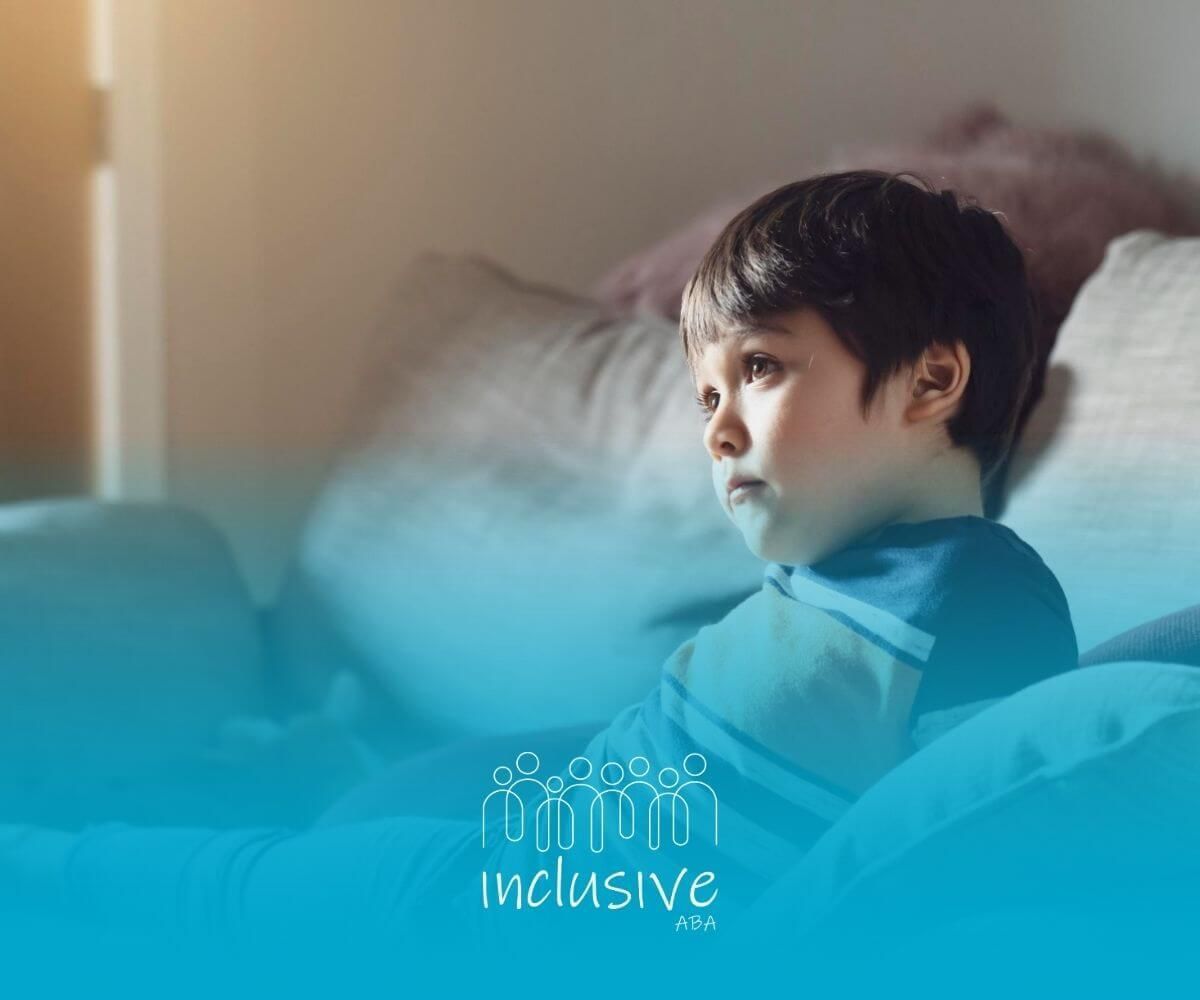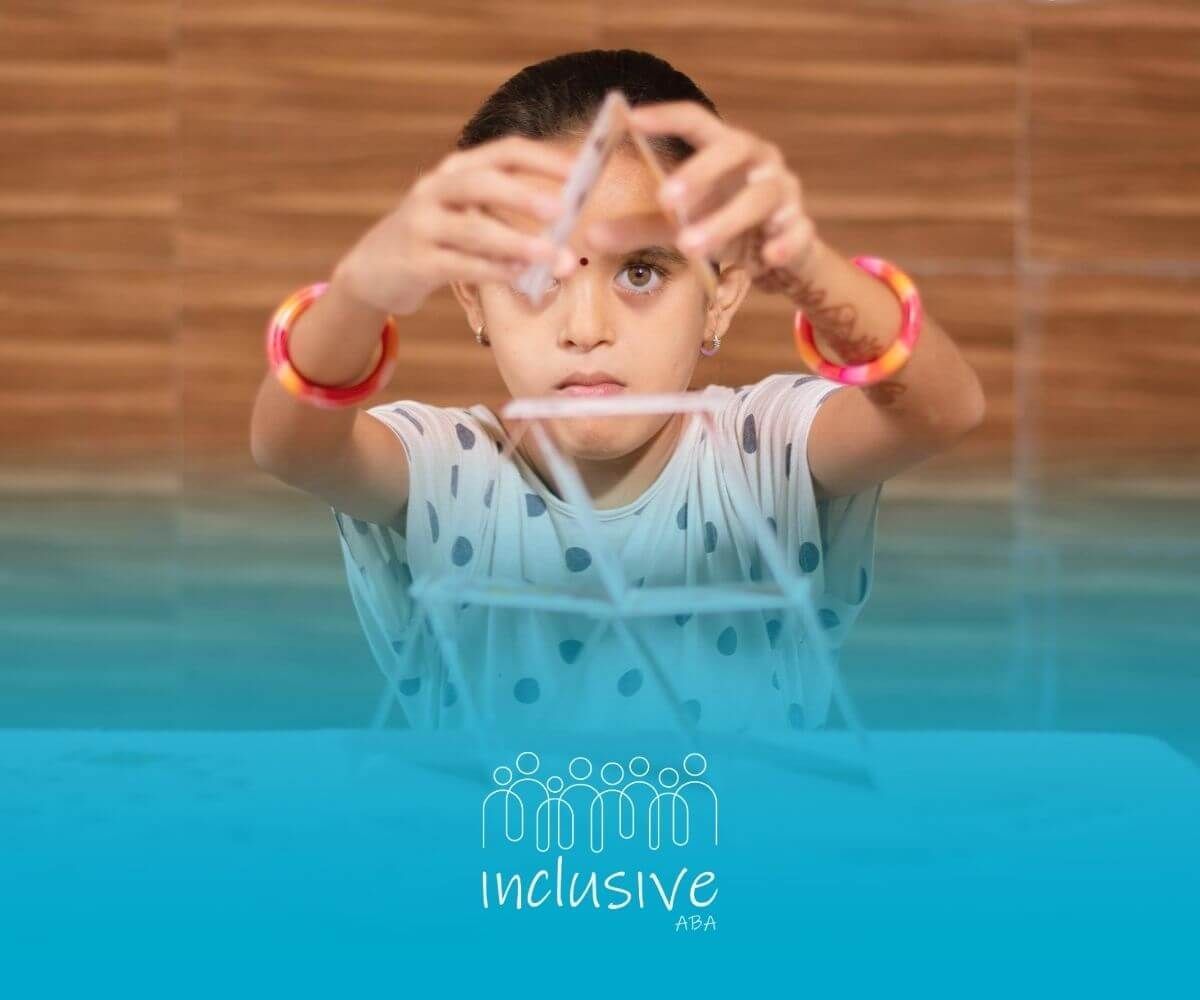Discover Alternatives: What Can I Do Instead of ABA?
For parents looking for alternatives to ABA therapy, there are many options to think about. These options can match their values and what each child needs. ABA therapy helps many children with autism. However, it may not always focus on emotional connections or what a child prefers. Because of this, many parents want different therapies to better fit their child's treatment plan. Some choices include therapies based on relationships and ways to improve motor skills. Finding ethical alternatives, such as play therapy and cognitive behavioral therapy, can lead to better development results.
Exploring Alternatives: What Other Therapies Can I Consider Instead of ABA?
When parents look beyond ABA therapy, they discover other choices that help in different areas of an autistic child's life. These therapies aim not only to change behavior but also to support emotional growth and improve communication skills.
By exploring options like sensory integration therapy, speech therapy, and art therapy, caregivers can choose programs that fit their child's specific needs. Each type of therapy has its own strengths, like cognitive development or coping skills, providing different chances for children to succeed.
1. Cognitive Behavioral Therapy (CBT)
Cognitive behavioral therapy (CBT) is often used to help autistic children manage their feelings and behavior. It works by changing negative thoughts, which can lead to better emotions and social skills. In a caring setting, therapists can lead sessions that meet individual needs and include sensory processing methods. This type of therapy can be a good choice instead of traditional ABA. It offers ethical ways to improve communication skills and build emotional connections, making a child’s journey in learning and growth even better.
2. Relationship Development Intervention (RDI)
Incorporating Relationship Development Intervention (RDI) in a child’s journey is a great way to build emotional connections and social skills. This therapy highlights how important healthy relationships are through guided interactions. It helps autistic individuals boost their communication skills and cognitive functions.
RDI focuses on experiences that meet the individual needs of each child. It encourages a feeling of belonging and emotional regulation. By doing activities that promote teamwork and shared experiences, children can improve their motor skills. This also helps them navigate their social world better.
3. Play Therapy
Play therapy helps autistic kids improve their motor skills, communication skills, and emotional skills. It uses fun play activities that spark a child’s natural curiosity, making learning enjoyable.
In play therapy, autistic kids can show their feelings, talk about what they feel, and handle meltdowns better. For example, playing games that involve sharing or taking turns builds basic communication skills and helps lessen frustration. Parents and caregivers can join in, making everyday tasks great learning moments.
This method supports emotional skills by creating a relaxed and fun setting. When children feel secure, they can build friendships and strengthen their emotional resilience. Play therapy lays the groundwork for better behavior and interaction in social situations, supporting long-term emotional and cognitive growth.
4. Occupational Therapy
Occupational therapy is a great choice alongside ABA therapy. It focuses on helping kids with sensory processing and fine motor skills. This type of therapy teaches important daily tasks like dressing and eating. It makes life easier for autistic children.
Occupational therapists help kids understand and organize sensory information. They work to reduce sensory overload and help kids deal with new experiences. For instance, a child who finds certain clothing uncomfortable can learn to manage this feeling. Kids also work on fine motor skills, like tying shoelaces and holding pencils, through fun activities.
By encouraging independence, occupational therapy boosts confidence and self-reliance. Parents can use this therapy along with other methods to create a complete treatment plan. This way, their child has everything needed to thrive in everyday life and social situations.
5. Speech Therapy
Speech therapy helps children tackle issues with communication and language growth. It uses both speaking and non-speaking methods to improve a child's ability to connect with other people.
Speech therapists have tools like AAC devices and picture boards. These help children share their ideas when using words is tough. For example, learning specific hand gestures can help children meet their daily needs, fostering more independence.
Parents can use speech therapy methods at home. They can add visual aids or structured speech exercises. With regular practice, children become more confident in expressing themselves. They build their vocabulary and improve their social skills. Speech therapy is an important way to help an autistic child develop their language skills while also creating emotional connections.
6. Social Skills Groups
Social skills groups offer a safe place for autistic kids to improve their communication and emotional connections. These sessions are often led by therapists and include activities to help kids interact with each other.
Activities can involve role-playing social situations, practicing conversations, or playing games together. Benefits of social skills groups include:
- Gaining confidence through structured learning.
- Getting better at emotional regulation when talking to others.
- Learning teamwork and making friends.
- Adjusting social behavior for different situations.
Groups usually have two to eight kids, allowing them to find their own way of relating to others. Parents often see their children becoming better at socializing and more eager to meet peers. The fun and welcoming atmosphere of social skills groups helps improve emotional well-being and build relationships.
7. Music Therapy
Music therapy uses creative ways to strengthen emotional connections and help autistic children grow. This method focuses on using melodies and rhythms to reduce anxiety and improve emotional skills.
Music therapists motivate their clients to try out instruments, explore different sounds, and even move to music. These activities help develop communication skills, especially for kids who find it hard to share their feelings. Parents often see less anxiety and more willingness to connect after music therapy sessions.
An autistic child in music therapy may notice better emotional and sensory balance. The therapist designs activities based on each child’s likes, helping them connect through music. This therapy offers lasting gains in emotional regulation, communication, and relationships with caregivers.
8. Art Therapy
Art therapy gives autistic people a fun way to understand their feelings and be more creative. Kids can use drawing, painting, or sculpting to explore their thoughts and emotions without talking.
This type of therapy helps with thinking skills and emotional strength. A child who finds it hard to express feelings can draw shapes to show what they are feeling. Art therapists support kids with engaging activities that help calm them and turn meltdowns into creative projects.
Many families using art therapy see their children become more confident and connect better with others. The chance to express themselves through art strengthens communication and helps children feel heard. Art therapy is perfect for improving social skills and helping with sensory integration.
9. Equine Therapy
Equine therapy is becoming popular for helping autistic kids improve their coordination and emotions. Working with horses creates a strong connection that builds trust and helps kids learn to manage their feelings better.
This therapy helps kids develop balance and confidence while being guided by professionals. Activities like riding, grooming, and caring for the horses improve coordination and teach kids to be patient and focused. Equine therapy is great for children who feel anxious in regular therapy, as it fosters healing relationships with animals.
Caregivers often see positive changes as kids grow emotionally during equine therapy. These exercise sessions teach self-discipline, and interactions with horses offer calm emotional support. This therapy is excellent at improving motor skills and thinking abilities for kids who need special ways to heal.
10. Sensory Integration Therapy
Sensory integration therapy is designed to help autistic children who have trouble with sensory information. This therapy involves a safe way to experience different stimuli, like textures, sounds, and movements, which helps kids adjust better to sensory input.
For example, a child who finds bright lights too much may play in dimmer areas in sensory playgrounds. This helps them slowly get used to brighter lights. Through fun activities like swinging or feeling different surfaces, children can learn to balance their sensory experiences.
Parents often see that sensory integration therapy helps reduce meltdowns and makes it easier for children to deal with daily activities. Therapists help kids focus by organizing sensory experiences into easier patterns for them to handle. This therapy gives lasting support while tackling important sensory challenges.
Benefits of Considering ABA Alternatives
Exploring alternative therapies can significantly enhance a child's developmental journey. Approaches such as cognitive behavioral therapy and relationship development intervention promote emotional connections, fostering communication skills and emotional regulation. These options allow for a more personalized treatment plan, adapting to individual needs and emphasizing family involvement. By integrating play therapy and occupational therapy, caregivers witness vast improvements in social skills, motor skills, and coping strategies, creating a well-rounded ecosystem to support the child’s life and overall well-being.
Emphasizing holistic development
A comprehensive approach to therapy recognizes the multifaceted nature of a child's growth. Developing emotional skills, enhancing communication abilities, and promoting social interactions are vital components of effective treatment plans. By utilizing therapies like relationship development intervention (RDI) and cognitive behavioral therapy (CBT), caregivers can support their child's journey towards emotional regulation and cognitive development. This holistic perspective encourages the integration of sensory processing and playtime, ensuring that each child’s individual needs and strengths are addressed throughout the therapeutic process.
Tailored to individual needs
Recognizing the unique strengths and challenges of each child is paramount when exploring alternative therapies. Approaches like Cognitive Behavioral Therapy and Relationship Development Intervention can be customized to fit specific developmental requirements, addressing emotional regulation and enhancing communication skills. Tailoring treatment plans not only fosters a deeper connection between therapists and clients but also encourages growth in social skills and cognitive functions. By focusing on the individual’s needs, caregivers can facilitate more effective interventions that align with the child's journey and personal goals.
Encourages family involvement
Family involvement is crucial in any therapeutic approach, especially for autistic children. Engaging family members fosters emotional connections that can enhance communication skills and emotional regulation. By participating in therapy sessions, caregivers gain insights into their child’s needs and learn effective coping strategies tailored to their unique journey. Incorporating family dynamics into the treatment plan not only strengthens bonds but also creates a supportive environment where children feel safe exploring their emotions. This collaborative effort promotes an understanding and nurturing atmosphere essential for growth.
Challenges in Implementing Non-ABA Methods
Shifting to non-ABA methods can introduce various challenges that practitioners and families must navigate. Finding qualified therapists skilled in alternative therapies like Cognitive Behavioral Therapy (CBT) or Play Therapy may not always be easy, resulting in limited accessibility. Additionally, insurance coverage often varies significantly, complicating the financial aspect of these treatments. Resistance to change can also emerge from caregivers and professionals accustomed to traditional ABA practices, making it crucial to advocate for the unique needs of each child throughout their therapeutic journey.
Finding qualified therapists
Identifying therapists who are adept in alternative therapies can be a vital component of successful treatment for autistic individuals. Look for professionals who specialize in relationship development intervention (RDI), cognitive behavioral therapy (CBT), or other relevant modalities like play therapy and occupational therapy. Credentials and experience matter, as these qualified therapists should possess a deep understanding of sensory processing and emotional regulation techniques. Additionally, engaging with community resources can help connect families with the right specialists to enhance their child’s journey towards effective communication skills and social integration.
Insurance coverage variations
Navigating insurance coverage for alternative therapies can be complex. Many plans prioritize ABA therapy, leaving families seeking ethical alternatives like Cognitive Behavioral Therapy (CBT) or Relationship Development Intervention (RDI) at a disadvantage. Variations in coverage often depend on the type of therapy, the provider's qualifications, and regional policies. Engaging with insurance representatives can clarify coverage options, but it's essential to advocate for the child’s needs. Awareness of these variations aids in creating a treatment plan that ensures access to the best possible support throughout the child’s journey.
Potential resistance to change
Transitions from ABA therapy to alternative methods often face significant resistance, both from families and practitioners. This hesitation can stem from a deep-rooted trust in established behavioral analysis techniques, a lack of familiarity with new therapies like cognitive behavioral therapy or relationship development intervention, and anxiety about the effectiveness of these ethical alternatives. Additionally, challenges in understanding how these different therapies, such as occupational or play therapy, align with the individual needs of the child can further complicate the decision-making process.
Conclusion
Exploring alternatives to traditional ABA therapy can offer a refreshing perspective on a child’s development. When considering alternatives to ABA therapy, it’s important to explore options that are tailored to your child’s needs. While therapies such as speech therapy, occupational therapy, and sensory integration are valuable, ABA therapy remains one of the most effective treatments for autism. If you are looking for autism therapists near me, make sure to research local providers who can offer personalized care designed to fit your child’s unique challenges. Seeking the right approach can provide lasting results, helping your child thrive in various aspects of life.
If you're exploring alternatives to ABA therapy, it's essential to understand that ABA remains one of the most effective methods for supporting children with autism. At Inclusive ABA, we specialize in providing tailored ABA therapy services that focus on promoting independence and social skills development. While there are other therapies available, our approach is rooted in research and proven techniques. Ready to discover how ABA therapy can make a difference? Reach out today and explore the personalized services we offer to help your child thrive!
Frequently Asked Questions
What should I consider when choosing an alternative to ABA?
When looking for alternatives to ABA therapy, focus on what your child needs. Think about the goals of their treatment plan and how easy it is to access the therapies. Make sure the options, like sensory integration therapy or play therapy, match your values and help improve communication skills. It's a good idea to talk to an expert for a plan that's just right for your child.
How do I know if an alternative therapy is effective?
Effectiveness is shown by clear improvements in therapy sessions. Caregivers can notice changes in coordination, social behavior, and communication skills. Getting regular feedback from therapists and watching your child’s emotional reactions are important signs of success.
Can these alternative therapies be combined?
Yes, different therapies can be used together to make a complete treatment plan. Caregivers often combine therapies like occupational therapy and music interventions. This helps to focus on many areas at once, making the child’s journey more rewarding.
Sources
- https://www.apa.org/ptsd-guideline/patients-and-families/cognitive-behavioral
- https://www.autismspeaks.org/relationship-development-intervention-rdi
- https://playtherapy.org.uk/what-is-play-therapy/
- https://wfot.org/about/about-occupational-therapy
- https://speechtherapy.org/
- https://www.shruboak.org/benefits-of-art-therapy-for-autistic-individuals/
- https://pmc.ncbi.nlm.nih.gov/articles/PMC9915993/
Looking for Expert Help? We're Here for You!
Our compassionate and skilled team is devoted to enhancing your child's development through customized ABA therapy. Let us partner with you to create a supportive environment for your child's success.
Discover how we can help your family thrive with expert ABA therapy.
Related Posts







